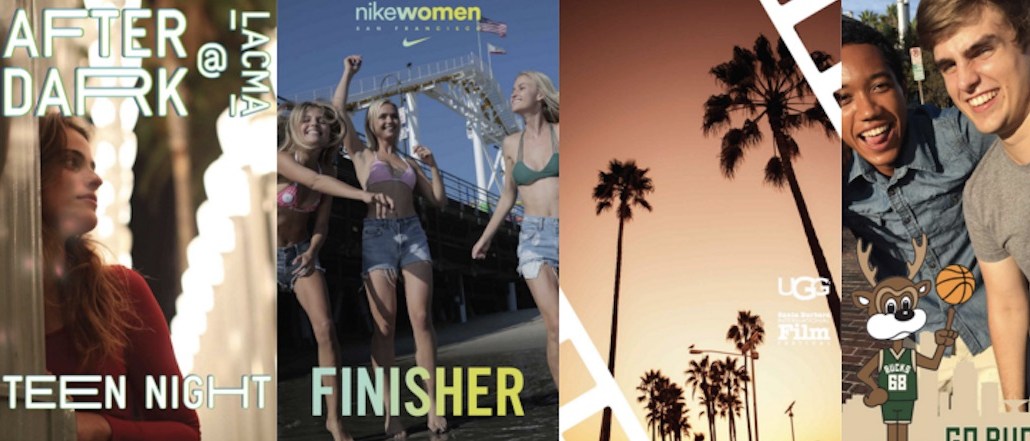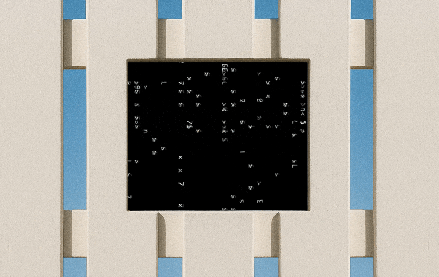Join us Dec. 1-3 in New Orleans for the Digiday Programmatic Marketing Summit

Snapchat is going to make custom filters the latest bat mitzvah party craze.
In its continuing quest to monetize, the ephemeral photo messaging app is selling “on-demand geofilters” to people, shifting away from it being a brand-centric feature.
Now, anyone can submit a filter design to Snapchat to be approved within a day, which then can appear in a designated area between the area of 20,000 square feet (an office floor) to 5,000,000 square feet (several city blocks). The filters appear live between an hour to up to a month.
As exemplified in this video from Snapchat, the app is further entrenching custom filters as its trademark feature since it lacks hashtags or tagging photos like on Facebook and Twitter. Just look how every one is excited to use a cat filter at this birthday party:
Prices begin at $5 for a filter that lasts eight hours and appears over a small venue, say a ballroom, with prices escalating depending on the length of time and square footage. Snapchat is also providing an analytics dashboard to see how many people used the filter.
Previously, Snapchat only made filters available to brands to purchase. It sells sponsored lenses for as much as $750,000. The app has also tried in-app purchases before with a Lens Store that was closed after just two months.
More in Media

AP makes its archive AI-ready to tap the enterprise RAG boom
It’s a strategy that should secure its future as an information data repository for the AI era, and widen its customer base to include more enterprise clients by meeting their AI needs,

Inside Reuters’ agentic AI video experiment
Reuters is experimenting with using an AI agent to speed up its video production process, and hired its first AI TV producer.

Shopify just became the biggest company to launch a Substack newsletter
Shopify is the first company of its kind — an e-commerce platform — to take the plunge into Substack.





